
The famous Bewcastle Anglo-Saxon cross is located in St Cuthbert’s churchyard. It is dated in some sources as C8 and in others as early as C7. Whichever, it is generally believed to be the oldest British sundial. PEV praised it, with the similar Ruthwell cross, as the greatest achievement of their date in the whole of Europe. There is a replica in the British Museum.
There is understandably a mass of online material analysing and explaining the cross, the wonderful carvings, and the meanings to be derived from them. I need to bypass these to focus on the astonishing early sundial incorporated into the elaborate decoration. For other aspects the Wiki entry BEWCASTLE CROSS is a good place to start.

THE BEWCASTLE DIAL
The dial is in a prominent position on the upper half of the south face. The BSS record describes the cross as Celtic, with the dial being integral to the overall design. 8 lines are noted, with the vertical line on the right side considered to be a later addition (but see below). The noon line is emphasised by being deeper cut, with 9am even more so and ending (perhaps) in a large hole. The dial must have been easy to read from afar. BSS has 3 close-up images in the archive which give a clear view of the dial and its slightly wider context.

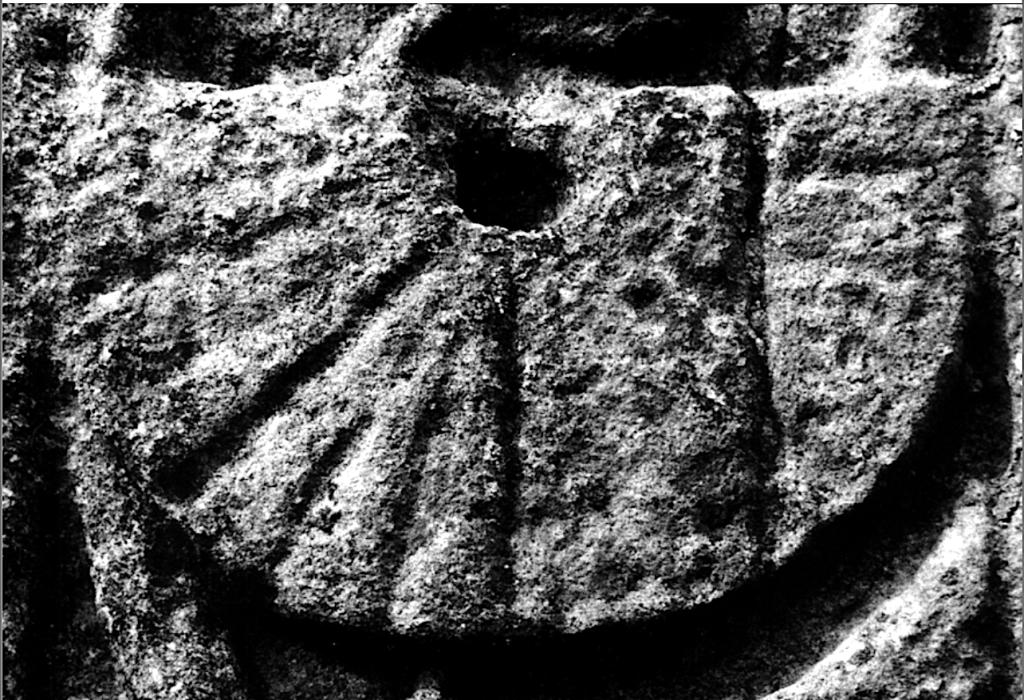
Bewcastle is used as an example in the Wiki entry for the TIDE DIAL The article includes useful explanations and images. These lead to other related topics for those who want to investigate further. More importantly, there is a helpful analysis of the details of the sundial’s design, and how it would have worked in practice. The cross is believed to be in its original position, and one can imagine the way in which the passage of the day would have been marked for the benefit of the community.
The oldest surviving English tide dial is on the 7th- or 8th-century Bewcastle Cross… carved on the south face of a Celtic cross… and is divided by five principal lines into four tides. Two of these lines, those for 9 am and noon, are crossed at the point. The four spaces are further subdivided so as to give the twelve daylight hours of the Romans. On one side of the dial, there is a vertical line which touches the semicircular border at the second afternoon hour. This may be an accident, but the same kind of line is found on the dial in the crypt of Bamburgh Church, where it marks a later hour of the day. The sundial may have been used for calculating the date of the spring equinox and hence Easter.

The Bewcastle Cross Notes by Margaret Gatty in The Book of Sun-Dials

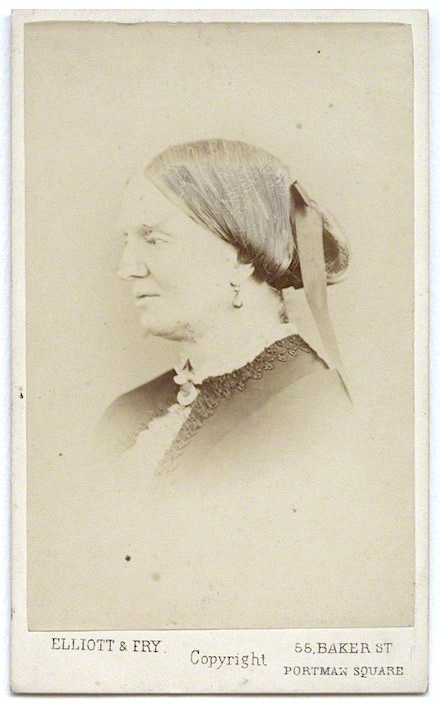


The four faces of the Bewcastle Cross

‘Plaster Cast of an Early English Sundial’ . 1930s. (Science Museum)

Plaster cast (mounted in wooden frame) of the sundial on Bewcastle Cross, Cumberland, 670 CE. The day is divided into ‘tides’, which are cut into the stone. The gnomon is missing. Credit: A. J. Lothian

THE RUTHWELL CROSS FOR COMPARISON (it has no dial)
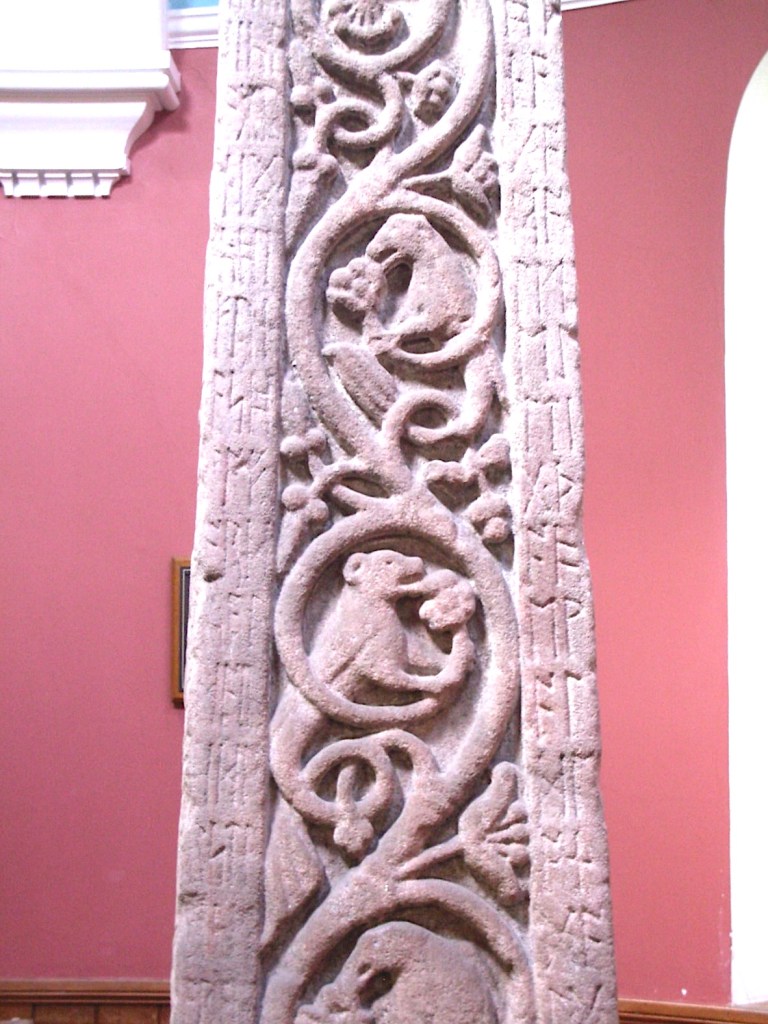
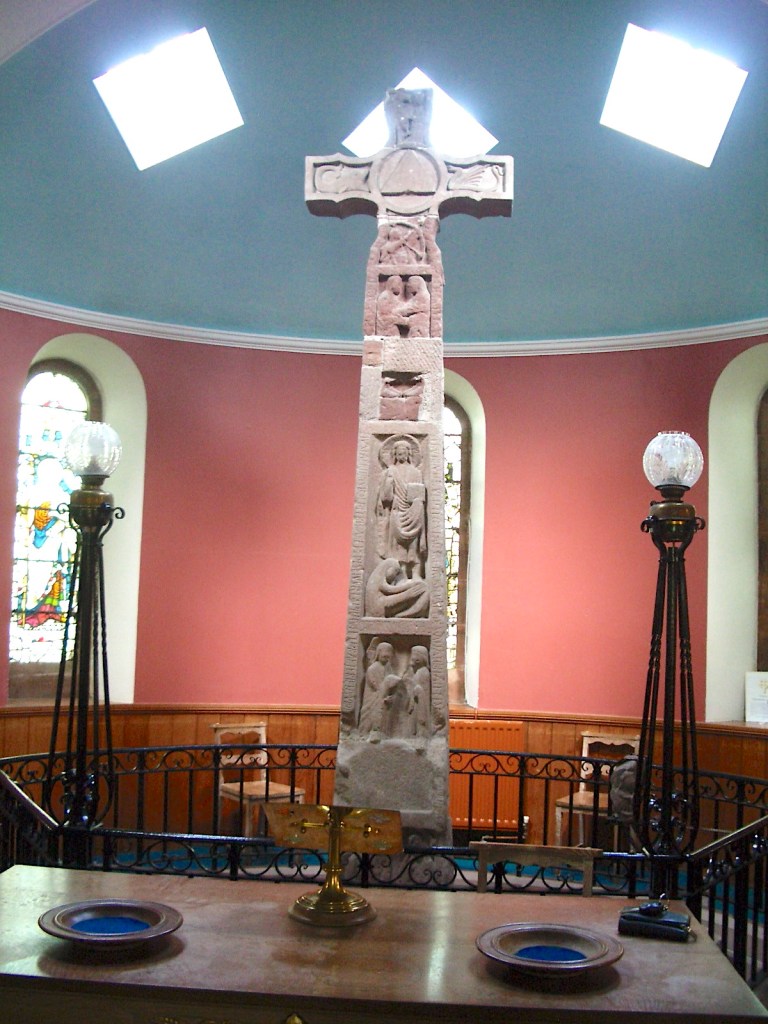
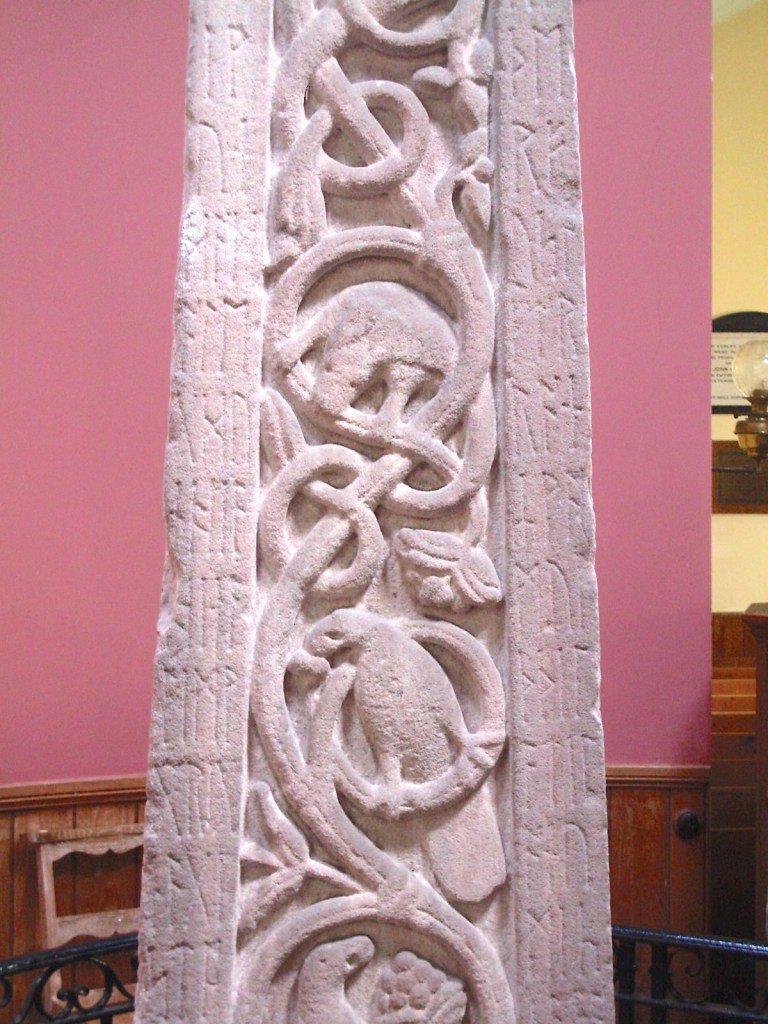
GSS Category: Saxon Dial; Medieval Dial; Column Dial; Unique Dial
Photos: 1, 3, 4 – BSS Archive; 2, 5, 8 – Keith Salvesen; 6 (diagram) Eixo Wiki CC; 7 – Science Museum
